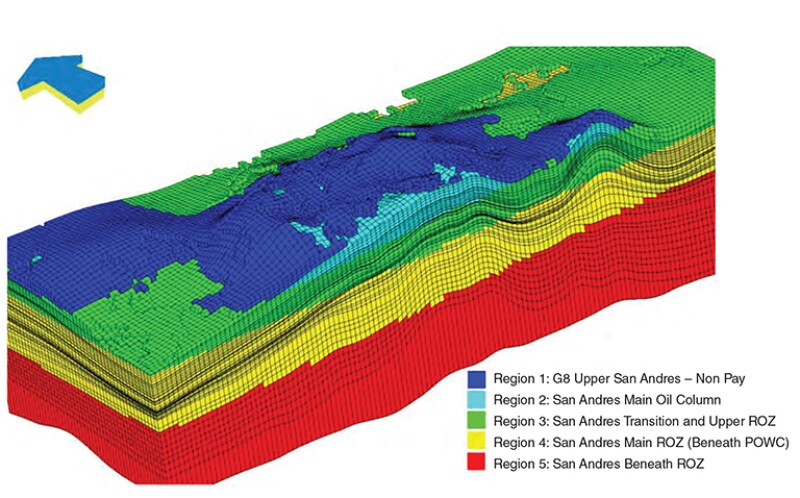由于缺乏可用于建立预测油藏模型的高质量数据,油藏产量预测本质上是不确定的。传统上,尽管存在很大的不确定性,但在历史匹配过程中仍假设相对渗透率数据的最佳估计。围绕最佳估计相对渗透率情况执行敏感性将仅覆盖部分不确定性空间。在完整的论文中,作者提出了贝叶斯框架的应用,用于二叠纪二氧化碳 (CO 2 ) 提高采收率油田的不确定性评估和有效历史匹配,以实现可靠的产量预测。
字段详细信息
区域和构造地质学。

由于缺乏可用于建立预测油藏模型的高质量数据,油藏产量预测本质上是不确定的。传统上,尽管存在很大的不确定性,但在历史匹配过程中仍假设相对渗透率数据的最佳估计。围绕最佳估计相对渗透率情况执行敏感性将仅覆盖部分不确定性空间。在完整的论文中,作者提出了贝叶斯框架的应用,用于二叠纪二氧化碳 (CO 2 ) 提高采收率油田的不确定性评估和有效历史匹配,以实现可靠的产量预测。
区域和构造地质学。

Reservoir production forecasts are inherently uncertain because of the lack of quality data available to build predictive reservoir models. Traditionally, a best estimate for relative permeability data is assumed during the history-matching process despite significant uncertainty. Performing sensitivities around the best-estimate relative permeability case will cover only part of the uncertainty space. In the complete paper, the authors present an application of a Bayesian framework for uncertainty assessment and efficient history matching of a Permian carbon-dioxide (CO2) enhanced oil recovery field for reliable production forecasting.
Regional and Structural Geology.
